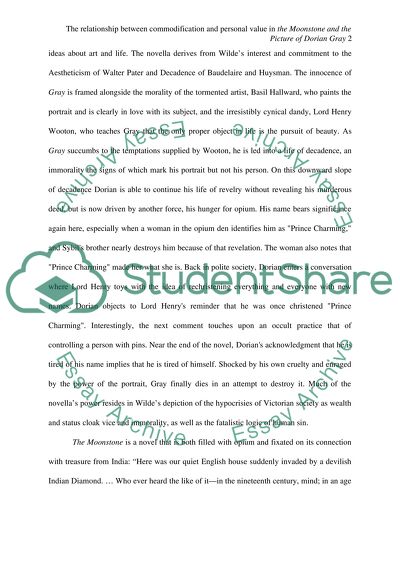Cite this document
(“The relationship between commodification and personal value in The Essay - 1”, n.d.)
Retrieved from https://studentshare.org/miscellaneous/1539619-the-relationship-between-commodification-and-personal-value-in-the-moonstone-and-the-picture-of-dorian-gray
Retrieved from https://studentshare.org/miscellaneous/1539619-the-relationship-between-commodification-and-personal-value-in-the-moonstone-and-the-picture-of-dorian-gray
(The Relationship Between Commodification and Personal Value in The Essay - 1)
https://studentshare.org/miscellaneous/1539619-the-relationship-between-commodification-and-personal-value-in-the-moonstone-and-the-picture-of-dorian-gray.
https://studentshare.org/miscellaneous/1539619-the-relationship-between-commodification-and-personal-value-in-the-moonstone-and-the-picture-of-dorian-gray.
“The Relationship Between Commodification and Personal Value in The Essay - 1”, n.d. https://studentshare.org/miscellaneous/1539619-the-relationship-between-commodification-and-personal-value-in-the-moonstone-and-the-picture-of-dorian-gray.


